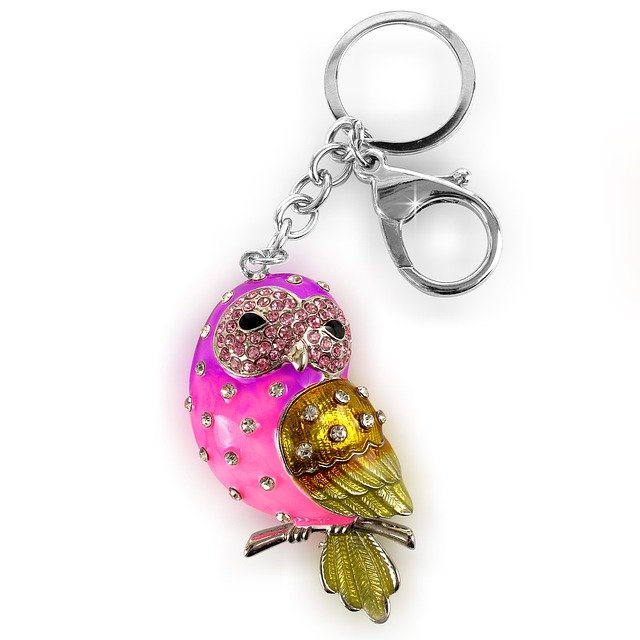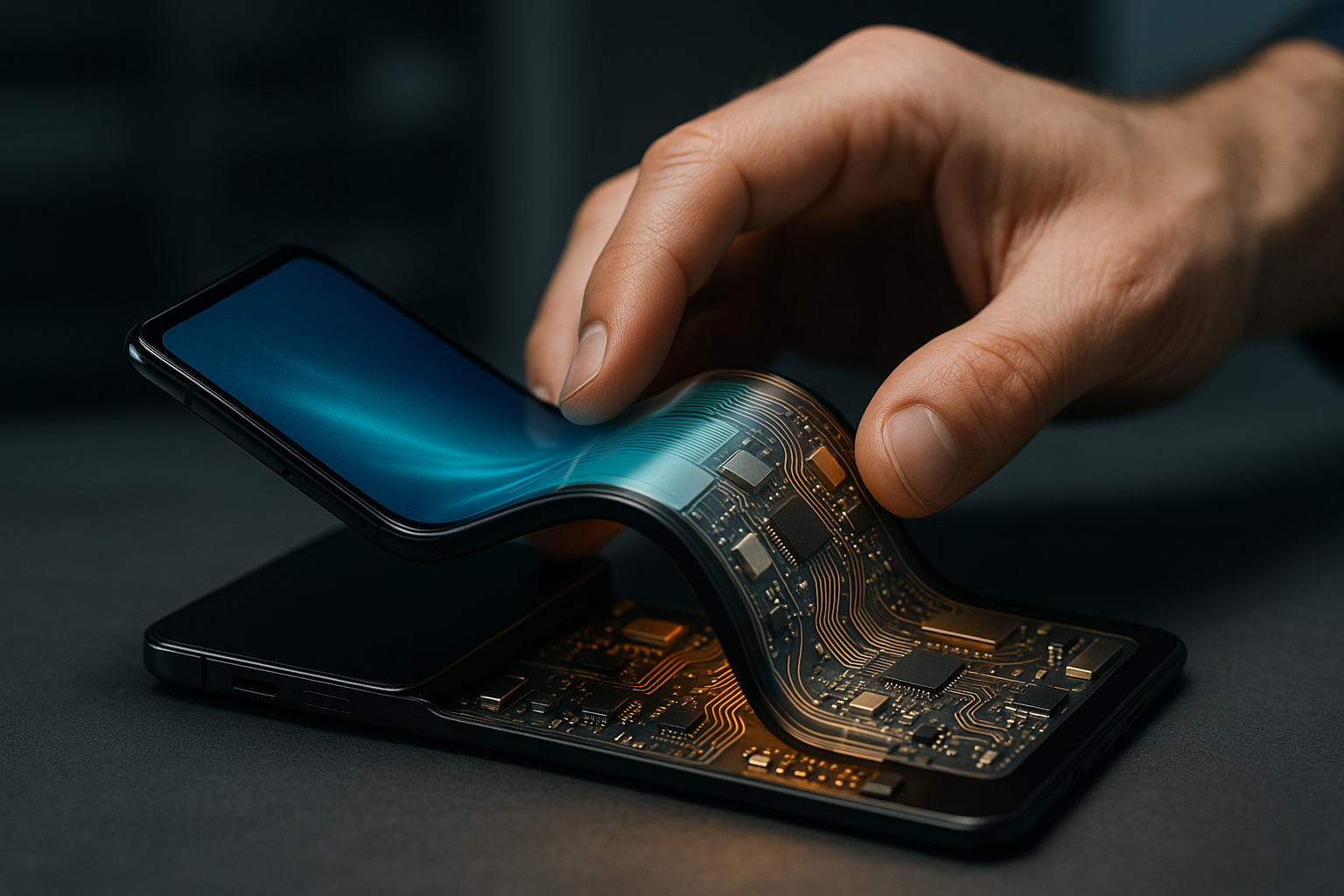Pendant: Design, Materials, and Metalwork
A pendant is a small object worn suspended from a chain, cord, or ribbon, and serves both functional and symbolic roles across cultures. Whether crafted as a simple daily adornment or an intricately worked heirloom, pendants combine artistic intent with practical construction. Understanding how design choices, metalwork techniques, materials, and care affect a pendant helps anyone choose or commission pieces that match their style and lifespan expectations.

What makes a pendant an adornment?
A pendant functions primarily as a form of adornment: an accessory intended to decorate the body or convey meaning. Adornment can be ornamental, symbolic, religious, or commemorative, and pendants often carry personal significance through engravings, lockets, gemstones, or iconography. Small size and proximity to the heart make pendants especially meaningful for wearable messages. Designers balance size, weight, and visual focus so the pendant complements clothing and the wearer’s features without overwhelming them.
Key metalwork techniques for pendants
Metalwork for pendants draws on a set of traditional and contemporary techniques. Common approaches include casting, where molten metal fills a mold; forging and hammering to shape sheets and wire; soldering to join components; and cold connections like rivets for mechanical joins. Surface treatments—engraving, chasing, and repoussé—add texture and detail. Wirework and filigree create openwork patterns, while granulation produces tiny bead-like elements. These metalwork techniques determine not only the pendant’s appearance but also its structural durability and repairability.
How metalworking methods shape details
Metalworking methods influence the scale and intricacy of pendant details. Casting lets makers reproduce complex forms and settings for stones, while hand-forging and fabrication are suited to bespoke, one-off pieces with visible tool marks and organic shapes. Electroplating and enameling require specific workflows and affect longevity; for example, plated surfaces wear differently than solid metal. The chosen metalworking method also affects cost, turnaround time, and whether a piece can be resized or repaired by local services without compromising the original design.
Materials and finishes for pendants
Pendants use a wide range of metals and finishes. Precious metals like gold and silver remain popular for their luster and tarnish resistance, while alloys such as sterling silver or gold-filled options offer balance between cost and durability. Base metals like brass or copper are chosen for color and patina but require protective finishes to limit oxidation. Finishes vary from high polish to matte, brushed, or intentionally oxidized patinas; plating (rhodium, gold) can alter appearance and wear characteristics. Gemstones, enamel, and inlay materials expand the visual vocabulary and may require specific settings or adhesives.
How style influences pendant choice
Style considerations shape pendants from conceptual and practical angles. Minimalist pendants emphasize clean lines, small profiles, and subtle texture; statement pendants play with scale, bold motifs, and contrasting materials. Cultural and historical styles—Art Deco geometry, Victorian lockets, or tribal motifs—influence motif, proportion, and construction techniques. Personal style and wardrobe determine metal tone (warm gold vs cool silver), chain length, and clasp type. Matching the pendant’s visual weight to the wearer’s frame and daily activities ensures comfort and consistent wear.
Caring for metalwork in pendants
Proper care extends a pendant’s lifespan and preserves metalwork detail. Gentle cleaning with a soft cloth removes oils; mild soap and water suit many metals but avoid prolonged exposure for plated or porous pieces. Store pendants separately to prevent scratches and tangles, ideally in a dry environment to limit tarnish. Avoid household chemicals, chlorinated water, and abrasive polishes that can remove finishes. For repair, seek trained local services skilled in metalworking—soldering, stone resetting, and re-plating—so the pendant’s original construction and style are respected.
Pendants bring together aesthetics, technique, and personal meaning. From the initial concept through metalwork execution and ongoing care, each decision influences how a pendant looks, feels, and endures. Whether you favor a delicate locket or a bold metalwork statement, understanding these elements helps you appreciate the craftsmanship behind the piece and choose a pendant that aligns with your adornment and style preferences.




